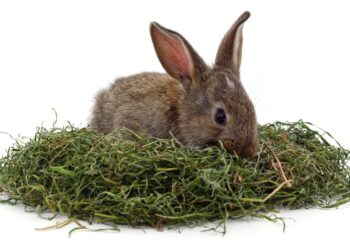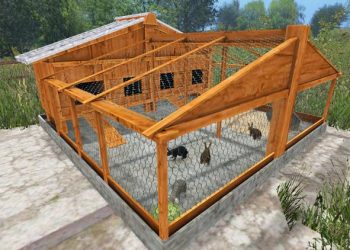Like most other pets, rabbits in warm weather do not tolerate it. Rabbits do not perspire but lose their heat through the ears, front legs, and through faster breathing. At temperatures above 24 degrees Celsius, they slow down and eat less. It is important to take sufficient measures to prevent the rabbit from overheating. You can recognize overheating by dark mucous membranes and warm ears. A visit to the vet is necessary as soon as the rabbit shows signs of shock.
Rabbits in warm weather in the wild
In the wild, rabbits have a lot of space. Here they can enjoy themselves with their peers. They play together, eat together and wash each other. Rabbits are very social animals. They dig burrows underground, where they can hide in case of danger or when it gets very hot. It is nice and cool underground. 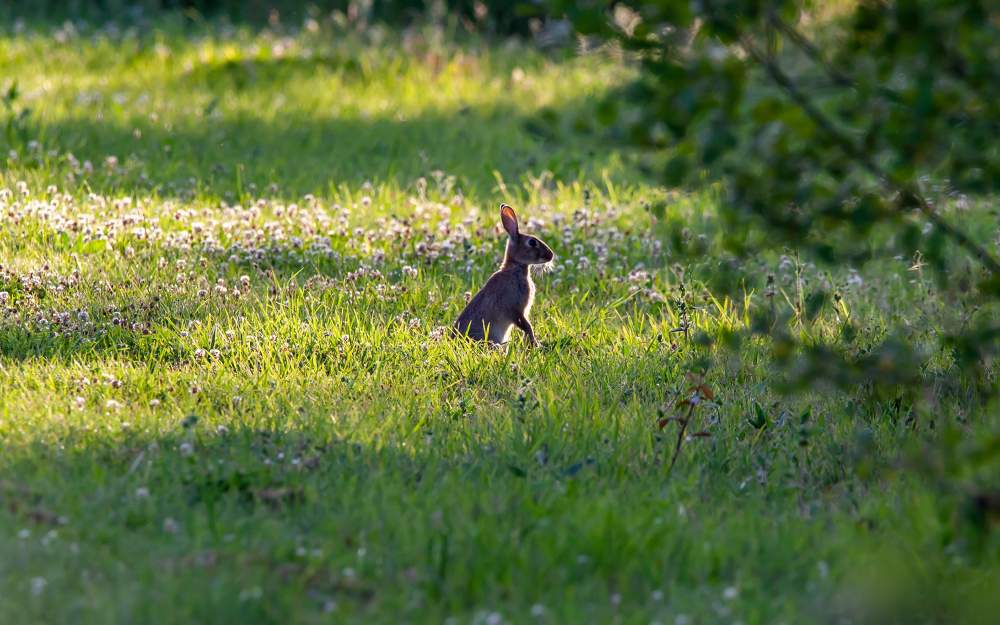
Rabbits in warm weather
Rabbits in warm weather cannot tolerate heat. They have no sweat glands and can only lose their heat through the ears, front legs, and by breathing faster. At higher temperatures, they slow down and eat less, if at all. Rabbits living in the wild seek out their cool den underground in warm weather. For rabbits kept as pets, it is important to ensure that they do not get heatstroke or overheat.
What can you do to prevent overheating?
Get the rabbit hutch out of the sun. When the sun shines on the loft, the temperature quickly rises. Even if the loft is only in the sun for a short time. The heat lingers and that can be fatal for a rabbit. In a hutch with an outdoor area, the rabbit can cool off in several places, behind or under the hutch, but also on the cool grass.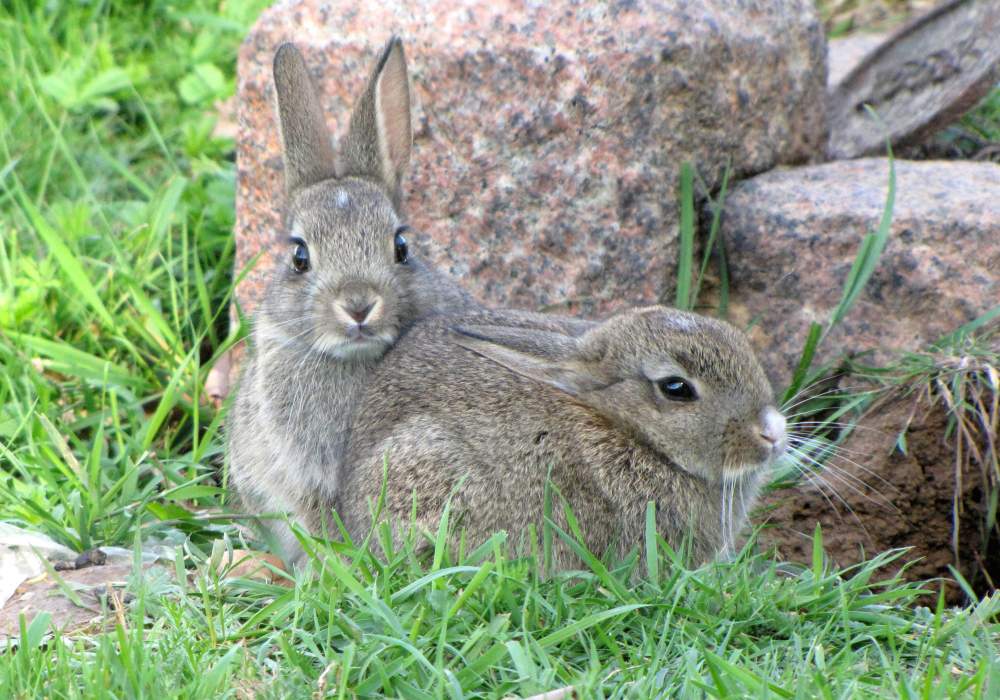 Do you have enough space? Then let the rabbit dig its own hole, so it won’t overheat. If you don’t have these options, but the hutch inside, or let the rabbit run free.
Do you have enough space? Then let the rabbit dig its own hole, so it won’t overheat. If you don’t have these options, but the hutch inside, or let the rabbit run free.
Caring for rabbits in warm weather
Give the rabbit fresh drinking water several times a day. Remove leftover green food from the coop after a few hours. It is important to keep the hutch clean now. The manure and urine spots must be removed from the loft every day. This is to prevent flies from entering the loft.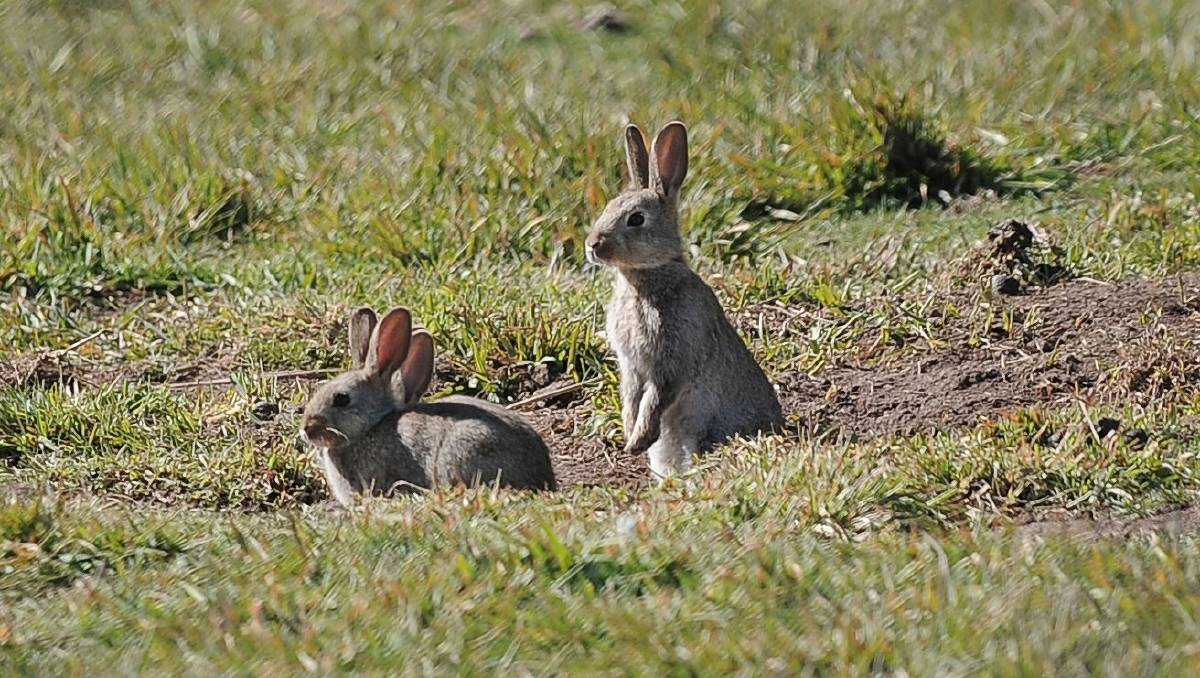
How do you prevent caked rabbit droppings?
Rabbits defecate two types of droppings, normal droppings, and cecum droppings. When the rabbit has eaten, digestion begins. Not all nutrients are removed the first time the food passes through the intestines. The large, indigestible parts are immediately pooped out. These are the regular, hard droppings. The rest remains in the cecum and is processed there.
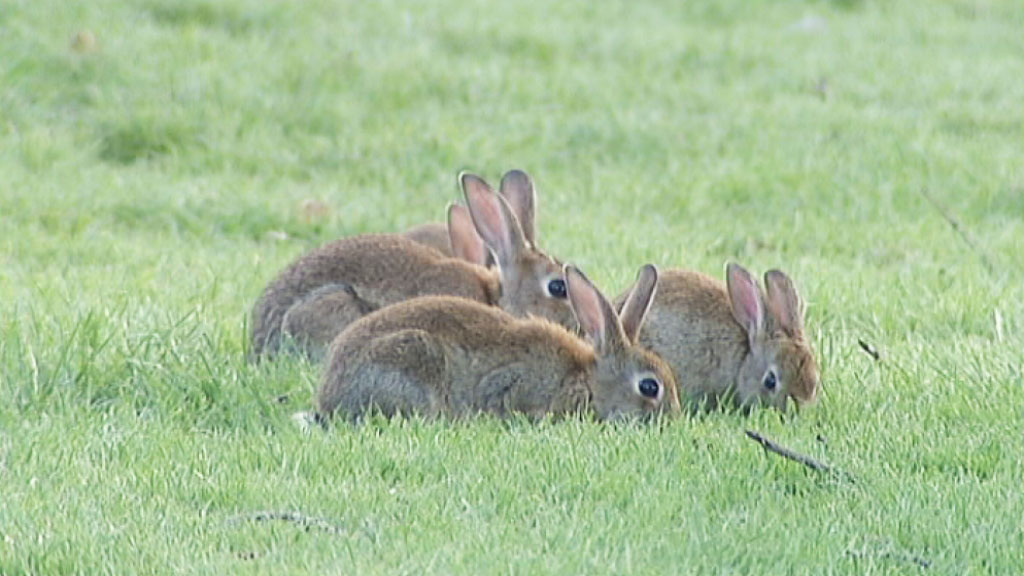
When does a rabbit suffer from the heat and what can you do?
Be alert if the rabbit eats less or slows down, he is too hot. When overheated, the ears feel warm and the mucous membranes and the inside of the eyelids are dark red. Take the rabbit inside and cool the ears with room temperature water. Do not use cold water because the veins narrow, and the heat can no longer escape.
How do you keep the rabbit hutch cool?
Cool the coop by covering it with a wet, white sheet. Keep the sheet wet again and again. The loft cools down due to the evaporating water.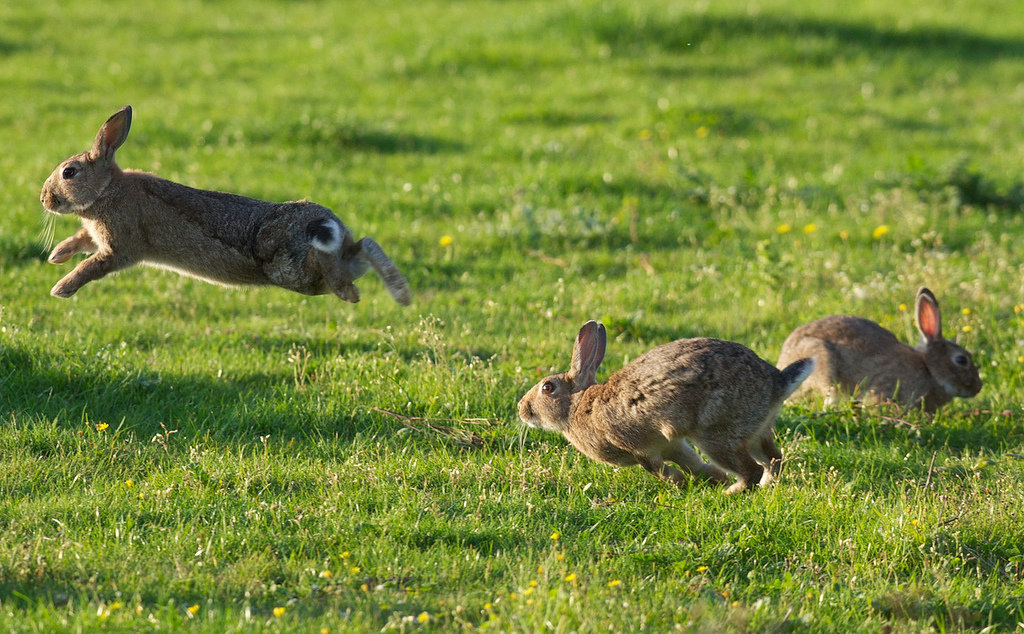
Make cooling elements from plastic bottles, which you fill two-thirds with water. Place the bottles in the freezer. After a few hours, take them out, wrap them with a cloth and fix them in the coop. The cloth does not make the rabbit too cold. Do not use glass bottles, they will burst when the water thaws.
The rabbit is in shock, what can you do?
The rabbit can also go into shock due to the heat and show the following symptoms:
- Pale mucous membranes
- fast heart rate
- Rapid shallow breathing
- The tips of ears, legs, and tail are cold
- He doesn’t respond anymore and doesn’t realize what he’s doing


